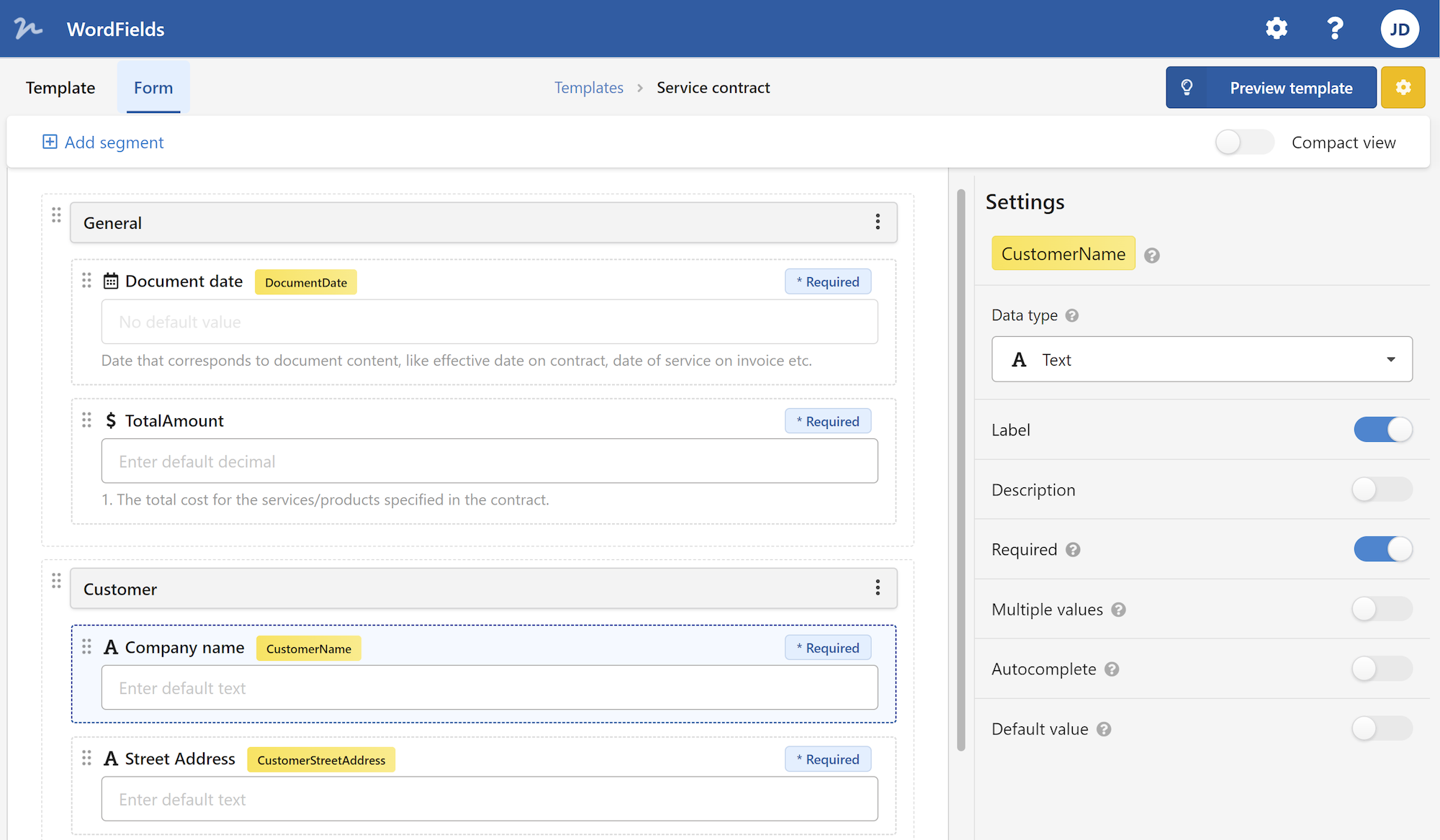
A formal letterhead plays a significant role in professional correspondence. It not only represents your business or organization but also creates a lasting impression on recipients. A well-designed, professional letterhead ensures that your communications are taken seriously, conveying credibility and professionalism.
In this article, we will delve into the importance of a formal letterhead, its key elements, and provide tips on how to create an effective letterhead that aligns with your brand identity.
Sample formal letterhead
Here is an example of formal letterhead:
Accelerate Global Technologies
1234 Innovation Drive
San Francisco, CA 94102
(415) 5555-1234
www.accelerate-global.com
[email protected]
September 5, 2022
John Smith
5678 Avenue D
Los Angeles, CA 90001
Dear Mr. Smith,
We are pleased to introduce our new product line to you. The Accelerate 2.0 line offers advanced tech solutions designed to boost productivity and efficiency in any setting. We are sure you will find it useful for your operation.
We value our business relationship and look forward to your feedback on our new products.
Please contact us anytime if you require additional information or assistance.
Sincerely,
Jane Doe
CEO
Accelerate Global Technologies
Why is a Formal Letterhead Important?
A formal letterhead serves as the visual representation of your brand or organization. It acts as a first impression for potential clients, partners, or customers. Whether it's a business proposal, an official document, or a simple letter, a formal letterhead adds a touch of professionalism and authenticity to your correspondence.
Key Elements of a Formal Letterhead
A well-designed formal letterhead comprises several key elements. Let's take a closer look at each of these elements:
1. Company/Organization Logo
The logo is arguably the most important element of a formal letterhead. It serves as the visual identifier of your brand or organization. Make sure your logo is clear, high-resolution, and accurately represents your business identity.
2. Company Name and Contact Information
Including your company or organization's name and contact information is vital for providing recipients with a way to reach out to you. This information typically includes your business name, address, phone number, email address, and website URL.
3. Designated Space for Date and Recipient Details
A formal letterhead should have a designated space for entering the date, recipient's name, title, and address. This ensures that your correspondence appears organized and professional. It also helps recipients easily identify key information when referring back to the document.
4. Color Scheme and Typography
Choosing the right color scheme and typography is crucial for maintaining brand consistency and conveying a professional image. Stick to a color palette that aligns with your brand and choose fonts that are easy to read and reflect your brand's personality.
5. Hierarchy and Layout
An effective formal letterhead maintains a clear hierarchy and well-organized layout. This helps guide the reader's attention and makes the information easily digestible. Pay attention to the positioning of each element and ensure that the overall layout is balanced and aesthetically pleasing.
Tips for Creating an Effective Formal Letterhead
Now that we have discussed the key elements of a formal letterhead, let's explore some tips for creating an effective one:
Keep it Simple and Clean: Avoid cluttering your letterhead with excessive design elements. Opt for a clean and minimalist design that focuses on the essential information.
Use High-Quality Images: If you choose to incorporate images or illustrations in your letterhead, make sure they are high-resolution and relevant to your brand.
Ensure Brand Consistency: Your letterhead should align with your overall brand identity, including colors, fonts, and visual elements. Consistency is key to building a strong brand image.
Test Print Quality: Before finalizing your letterhead design, be sure to test its print quality. Print a sample to ensure that colors, fonts, and images appear as intended on paper.
Consider Digital Letterheads: In today's digital age, it's essential to have a downloadable and printable version of your letterhead that maintains its visual integrity across different devices and platforms.
Seek Professional Help: If you're not confident in your design skills, it's worth considering hiring a professional graphic designer who specializes in creating formal letterheads.
Stay Updated: As your business grows and evolves, ensure that your letterhead reflects any changes in your branding, contact information, or design preferences. Regularly updating your letterhead keeps it relevant and up-to-date.
In conclusion, a formal letterhead is an indispensable tool for establishing a professional and credible image for your business or organization. By incorporating key elements, maintaining brand consistency, and following design best practices, you can create a visually appealing letterhead that leaves a lasting impression on recipients.
Remember, your formal letterhead is an extension of your brand, so invest time and effort in crafting a design that truly reflects the values and identity of your business.
 WordFields
WordFields
